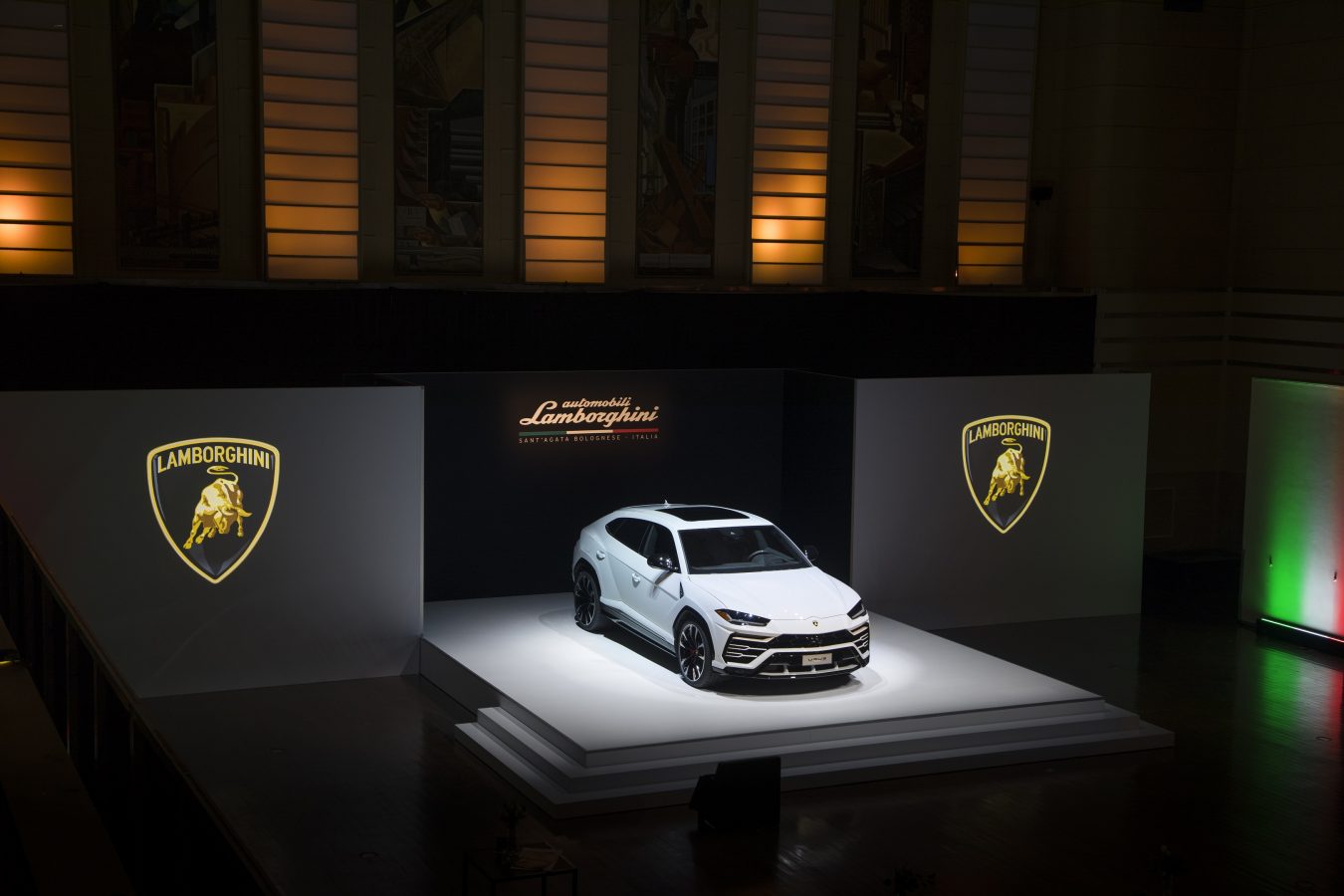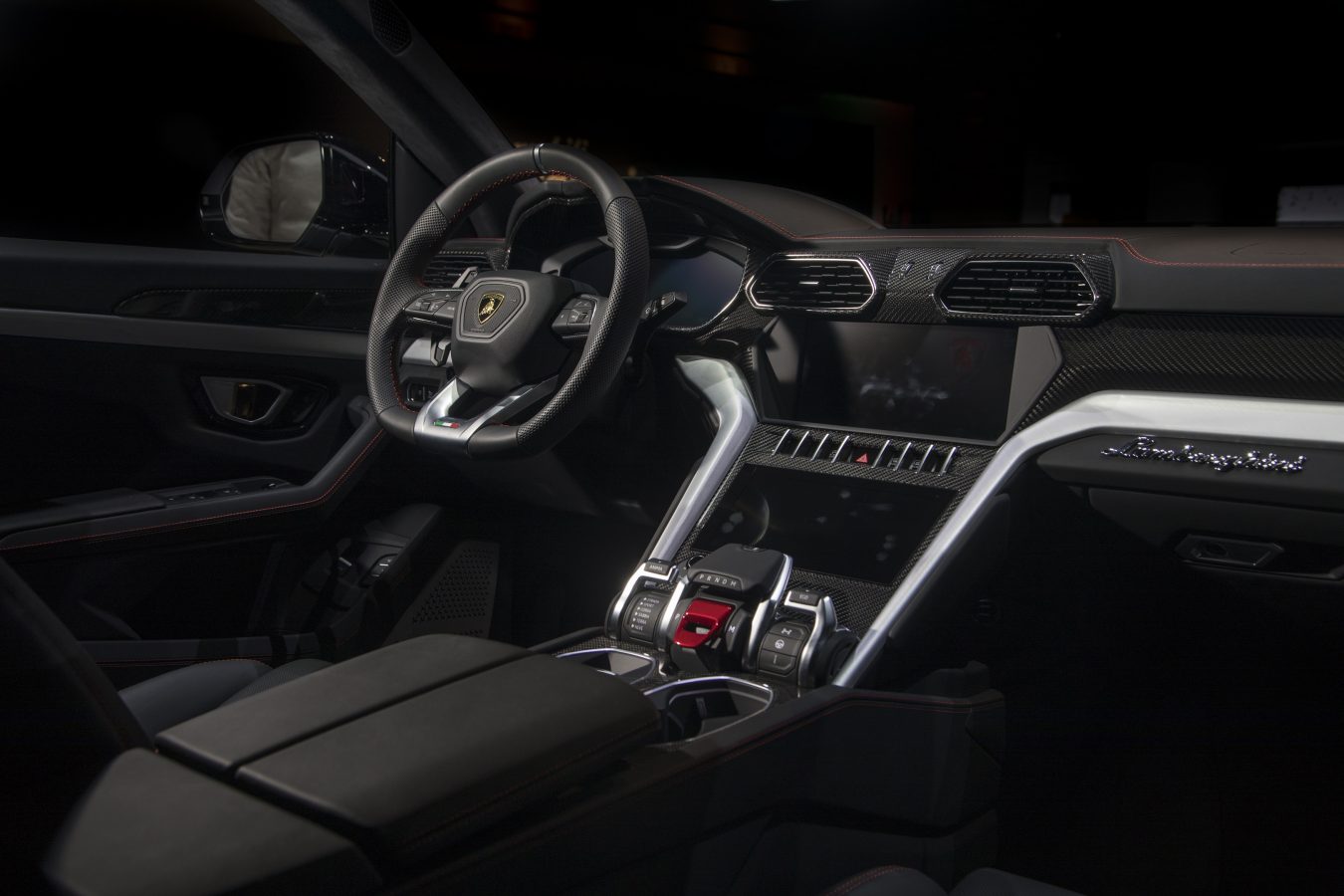Aston Martin. Maserati. Bentley. Ferrari. The list of ultra-high-end car manufacturers yielding to market demand to build SUVs grows longer by the day.
For Lamborghini, though, the idea was less of a departure: a utility vehicle carrying the Italian company’s badge is nothing new.
Lamborghini has been dabbling in the idea since the late 1970s, first through concept vehicles and eventually in production with the release of the LM002 in 1986. It was given the same V12 engine that was mounted in the Lamborghini Countach, which made it one of the most powerful vehicles of its era and, with just 300 ever sold, one of the most exclusive in the world. As a result, unlike most other marques wading into today’s high-performance SUV trend, Lamborghini has some history to draw from. And it has done so liberally with the launch of what it calls the world’s first super sport utility vehicle, the Urus.
From the company’s Italian headquarters in Sant’Agata Bolognese—where a new facility has been built to produce the Urus that will double Lamborghini’s production capacity—designers married signature elements from the LM002, such as its triangular side air vents and squared-off wheel arches, to features that have defined the marque’s look for decades, including Y-shaped accents and a unified hood and roof line.
“With Urus, we tried, respecting the roominess of an SUV, to maintain this kind of silhouette,” Alessandro Farmeschi, chief operating officer at Automobili Lamborghini America, says at a reception celebrating the Canadian premiere of the Urus in Toronto. “At the back it is cut like a coupe, and also you see the front is going down. It gives it an aggressive design.”
Underneath, the Urus is fitted with a swath of technologies aimed at delivering driving dynamics worthy of the Lamborghini name. Four-wheel steering allows the rears to turn up to three degrees for tighter cornering. The air suspension has a range of 85 millimetres between its lowest and highest points. Active anti-roll bars contribute to stability, and power can transfer 87 per cent to the rear axle and 70 per cent to the front via the standard all-wheel drive, and 75 per cent to the left or right wheels through active torque vectoring.
That forceful output clocks in at 650 horsepower and 627 pound-feet of torque, which comes from a 4.0-litre twin-turbocharged V8—Lamborghini’s first turbocharged engine ever, which is the shift that may require the most adjustment from the brand’s purists.
“We like to have naturally aspirated engines,” Farmeschi says. “That is the best package in terms of emotions, in terms of responsiveness of the engine and torque at low revs. But with this car, we had also to consider multiple parameters, for instance, when this car is driven on the sand, on the dunes. We need to have high power at low revs and high torque. This was the best solution.”
Set that aside, and the Urus combines the ability to track through snow and gravel—which makes it the first truly viable year-round Lamborghini for Canadians—with a zero to 100 kilometres per hour time of 3.6 seconds and a top speed of 305 kilometres per hour, making it the new title-holder for fastest SUV in the world.
Read more about luxury cars.












